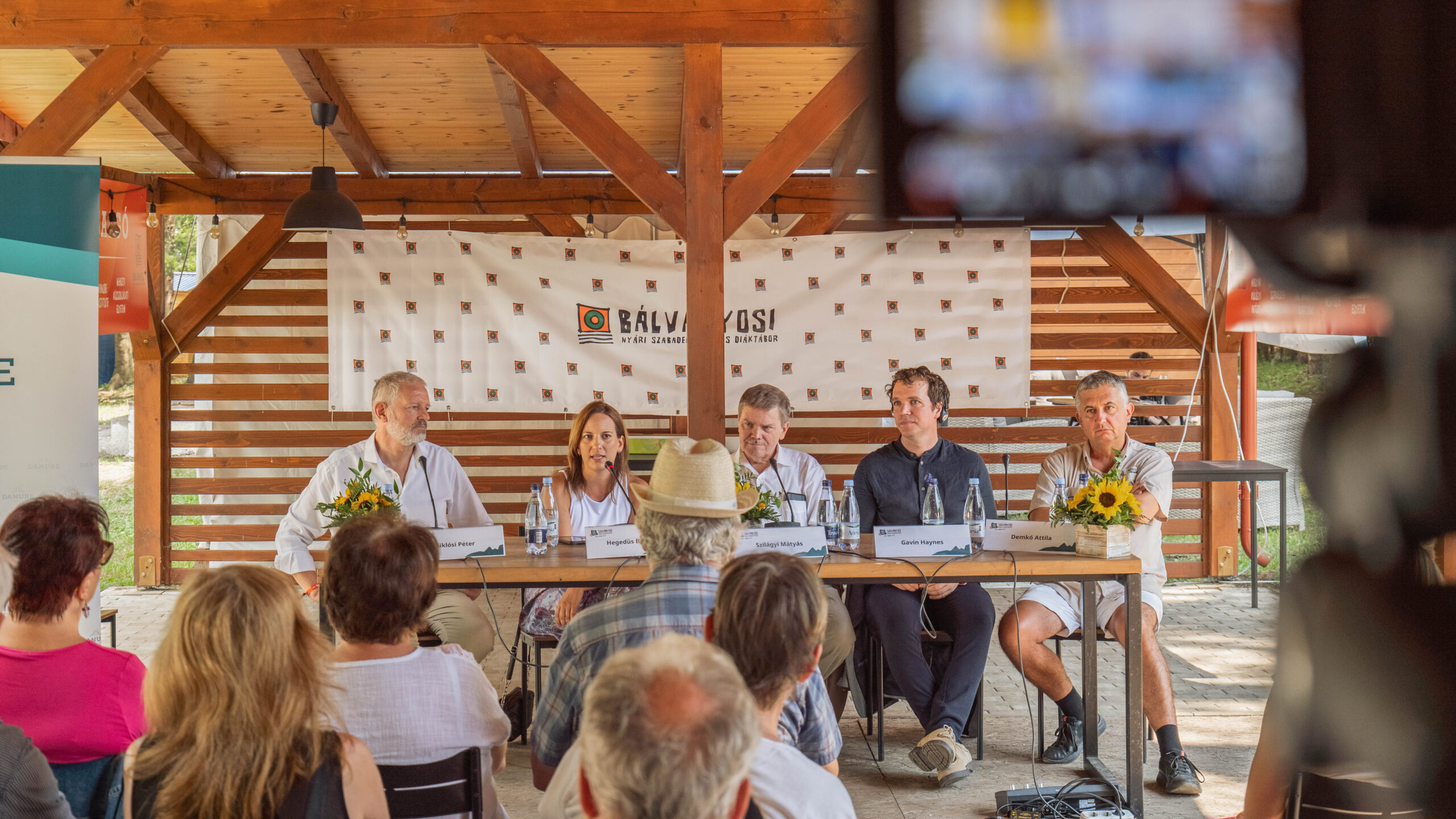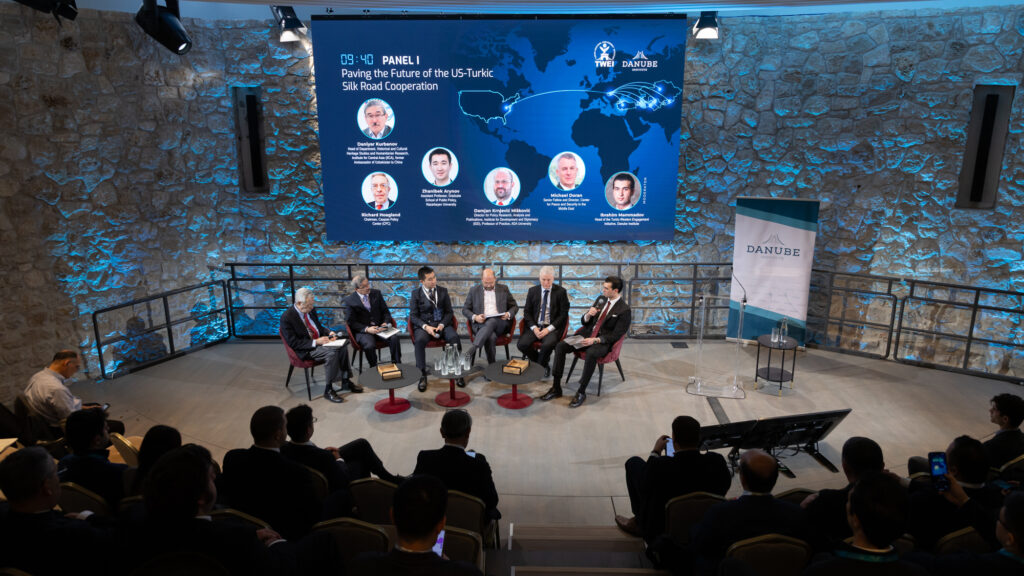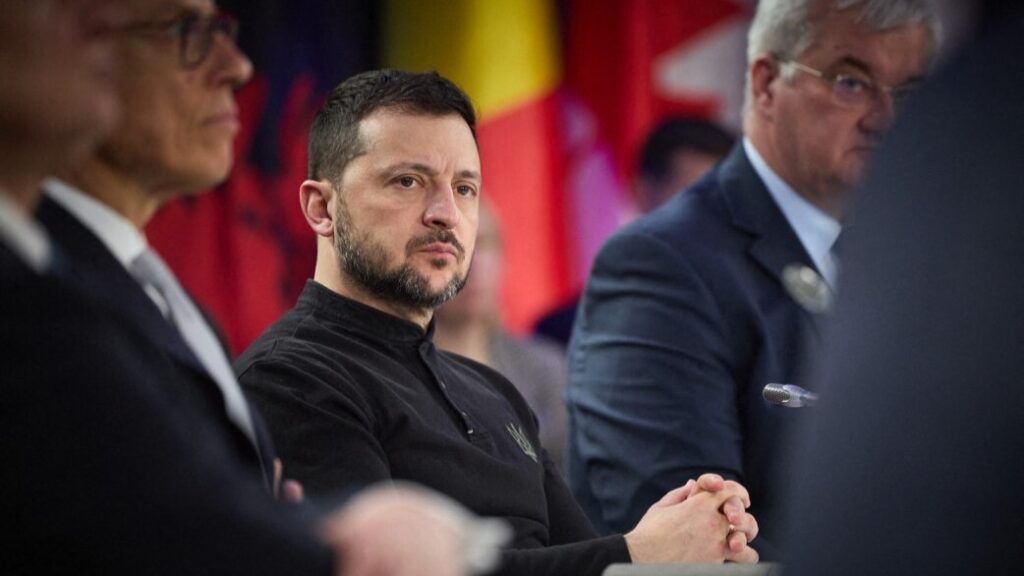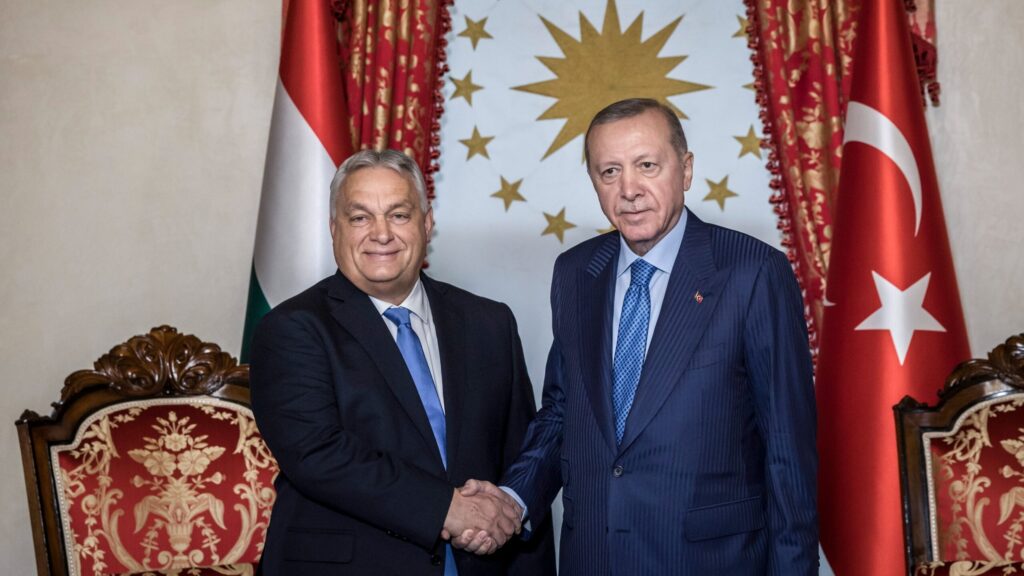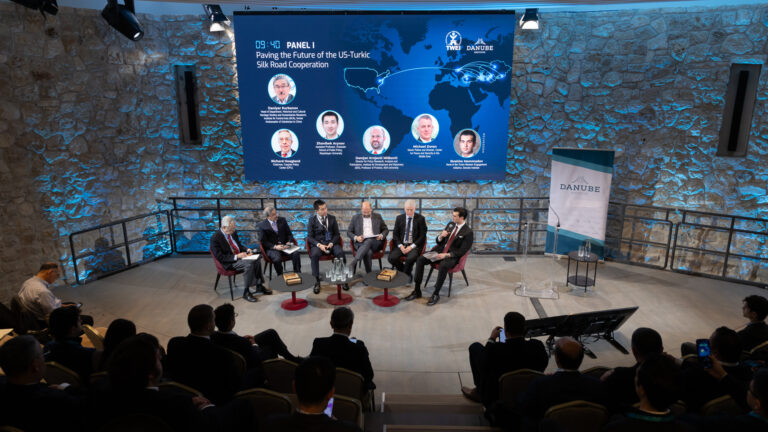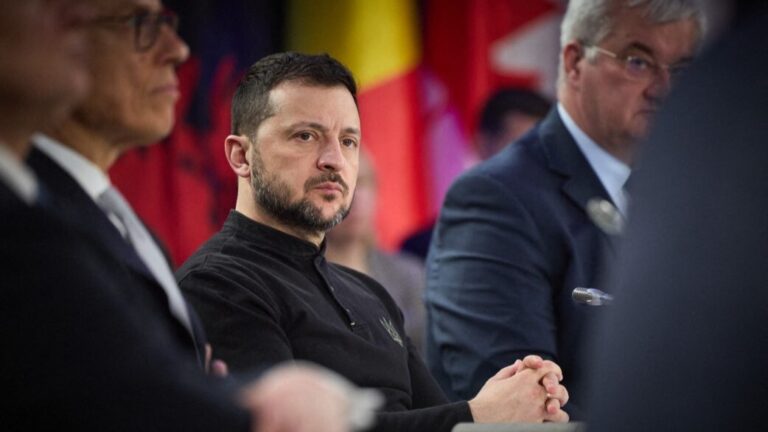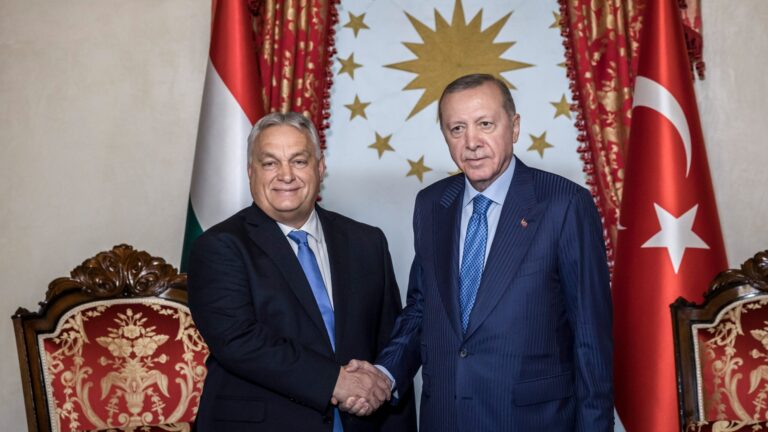After the smoke clears in Ukraine, what kind of relations will emerge between Brussels, the member states of the European Union, and the war-torn country? How will the war in Ukraine be settled, and what will the country look like afterwards? These were the central questions panellists sought to answer in a thoughtful discussion at the 34th Bálványos Summer Free University and Student Camp.
As the war in Ukraine has raged for more than three years—indeed, more than ten—the most pressing question remains: how will the conflict between Moscow and Kyiv be resolved? The panellists, including Hungarian MP Barbara Hegedűs, Senior Research Fellow at the Hungarian Institute of International Affairs Mátyás Szilágyi, Danube Institute Visiting Fellow Gavin Haynes, and Security Policy Expert at the John Lukacs Institute of the University of Public Service Attila Demkó, held differing views on the matter.
Scenarios to End the War
According to Demkó, it is evident that there will not be a classical peace agreement between the parties—nothing akin to the treaties that ended, for example, World War I. ‘Both Russia and Western countries miscalculated the prolongation of the war,’ he stressed, adding that we may now be three-quarters of the way through. Drawing an analogy with the First World War, Demkó speculated that the war—or at least its active phase—could end after four years, suggesting that some form of agreement may be reached by 2026.
Contrary to Demkó, Szilágyi—who also served as ambassador to Moldova from 2012 to 2017—argued that the war in Ukraine could conclude as a frozen conflict, much like other post-Soviet examples from Georgia to Karabakh. He added that the invention of this geopolitical tool is tied to Joseph Stalin and remains one of the most enduring instruments of Russian power politics. According to him, none of the stakeholders in the conflict is interested in peace: Russia is leveraging the war to reshape Europe’s security architecture; the Ukrainian leadership has become inseparable from the war effort, and a swift peace would mark the end of Volodymyr Zelenskyy’s rule; meanwhile, Western powers are profiting handsomely—through arms sales and concessional deals such as the US–Ukraine minerals agreement.
Gavin Haynes also predicted that the war will likely become frozen, arguing that a classic peace treaty is unlikely because there appears to be no natural endpoint. ‘Wars end when one side is exhausted and abandons all of its strategic objectives. That is clearly not the case today,’ he emphasized. Haynes forecast that this summer would mark the final major fighting season, after which the conflict would continue at a diminished level in 2026.
Moderator Péter Siklósi, Senior Research Fellow at the Hungarian Institute of International Affairs, aligned himself with the ‘frozen conflict’ perspective. He cited historical precedents, such as Russian–Japanese relations following World War II, where no official peace treaty was signed, yet economic and trade relations eventually developed.
The Future of Ukraine and EU’s Role
Barbara Hegedűs argued that the European Union still regards the conflict as a political opportunity rather than a crisis to be resolved—an attitude that immediately obstructs any meaningful peace effort. She also maintained that the EU leadership lacks a realistic perspective and continues to ignore Russia’s security concerns. ‘As long as Brussels’ position remains unchanged, it cannot be a partner for peace,’ she stressed. The Hungarian MP further asserted that there is a growing divergence between the institutional interests of the EU and those of individual member states concerning the war—something reflected in the recently proposed EU budget, which allocates massive funding to Ukraine under the banner of protecting Europe’s security.
Turning to the question of what Ukraine might look like after the fighting ends, Demkó affirmed that the country will continue to exist, despite narratives suggesting otherwise. However, he cautioned that there will be no dramatic ‘resurrection’ like those seen in Germany or Japan after the Second World War. He warned that while empathy for Ukraine is understandable, it must not cloud judgment: the country is shattered in numerous respects—including demography, economy, internal tensions, and territorial losses. These fractures could pose significant security risks for both Ukraine and Europe after hostilities cease, as traumatized soldiers and widespread societal strain may result in unpredictable behaviour. Demkó also warned against falling for the myth of reconstruction promoted by Brussels, noting that much of the destruction occurred in areas currently held by Russia.
‘When Zelenskyy is gone, whoever comes next will likely be even more to the right’
Agreeing with Demkó’s stance, Szilágyi emphasized that the war’s attritional nature has deeply traumatizing effects on both societal and political levels. He predicted that the settlement of the conflict ‘will not be pretty’, will lack a clear resolution, and will be fraught with internal strife. He further warned that chaos in a country the size of Ukraine poses a major threat not only to the EU but also to global stability.
According to Gavin Haynes, the best analogy for Ukraine’s future is South Korea after the Korean War. ‘When Zelenskyy is gone, whoever comes next will likely be even more to the right,’ he noted, adding that a highly militarized security state will be necessary to manage internal tensions.
The panel also addressed flawed EU policy towards Ukraine. Demkó argued that Brussels and several member states have made an overwhelming number of promises to Kyiv—something he called deeply irresponsible in the current situation. ‘The EU elite, enamoured with its own progressivism, will be hit by a cold shower of reality,’ he remarked, warning that those who made unfulfillable promises will not be held accountable when the reckoning comes.
Barbara Hegedűs echoed this criticism, contending that the EU elite is currently operating in ‘self-rescue mode’ to avoid responsibility by prolonging the conflict. She added that tying the EU’s security to Ukraine is a strategic misstep, particularly in the context of a frozen conflict—highlighting the lesser-known mutual defence clause of the European Union.
Related articles:

